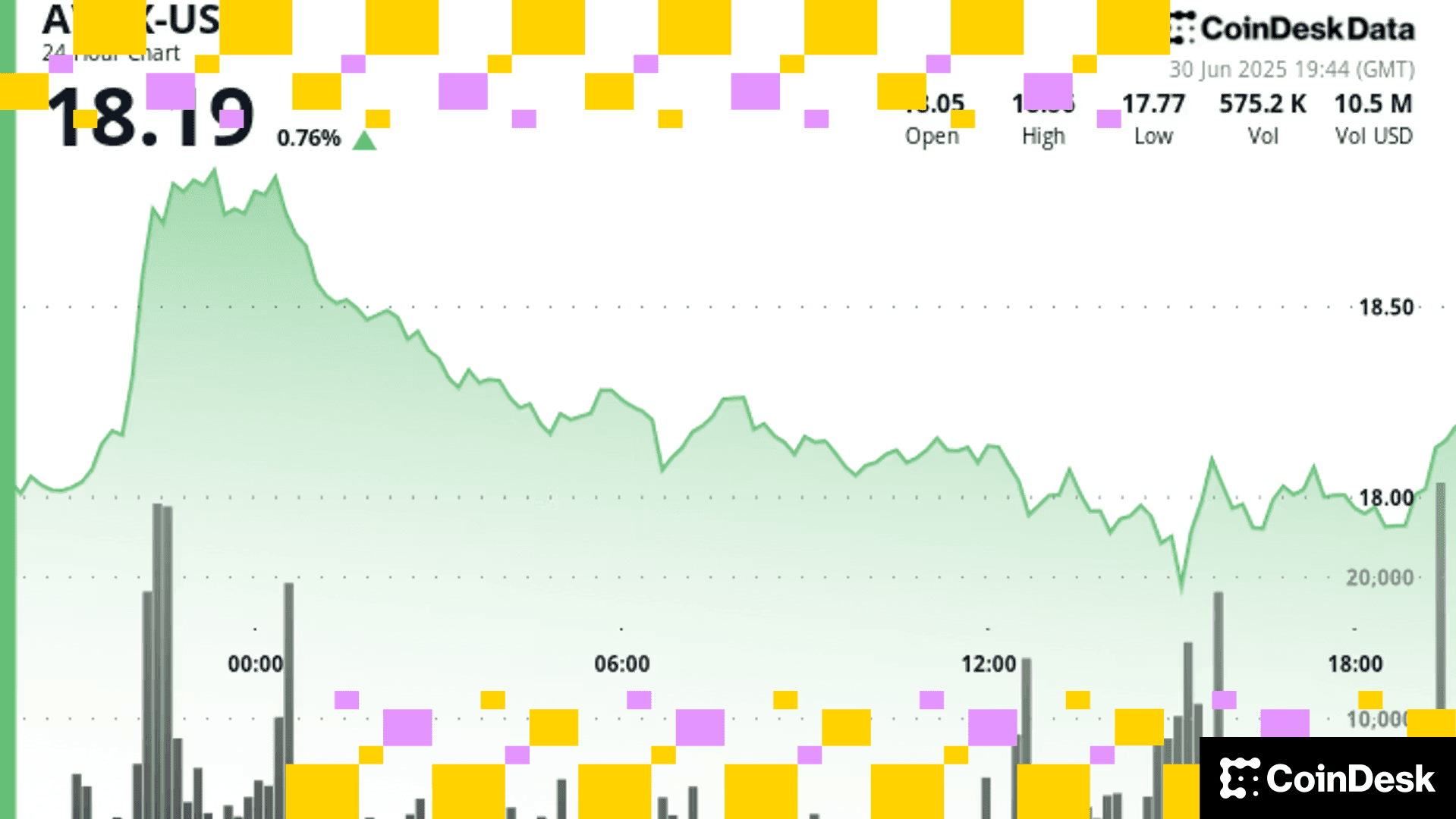Goldman: Regulators Should Protect Crypto Investors at the Point of Trust, Not the Blockchain
Recent crises in the crypto market repeat a story as old as time, with a new asset attracting unsophisticated investors looking to make millions, the report said.

The demise of FTX is a story as old as financial markets and does not reflect a failure of blockchain technology, but the lack of regulation around the “point of trust” – where money is exchanged on the promise of a future return, Goldman Sachs (GS) said in a research report Friday.
Recent crises in the crypto market follow a well-trodden path, the report said: “A highly volatile and relatively new asset creates the potential for instant riches, drawing in many unsophisticated investors looking for the opportunity to make millions.”
New financial instruments are lightly regulated because they are not covered by existing rules and regulators have yet to identify the potential for harm, the note said. That’s the reason the crypto bubble of recent years involved more widespread fraud than the dot-com boom at the turn of the century, which happened in the well-regulated equity market.
“Regulation is needed at the point of trust, where money is exchanged on the promise of some future return, because it is the time component that creates the opportunity for fraud,” analysts Jeff Currie and Daniel Sharp wrote.
To access the market, investors must go through a gatekeeper, such as a crypto exchange like FTX, and speculative investors are willing to give money to these institutions in the hopes of getting rich quickly.
Despite the crises of 2022, Goldman says cryptocurrencies are likely to flourish, and the key to their success depends on rulemakers correctly identifying what to regulate.
In crypto, it’s “the point of trust, not the trustless blockchains themselves,” Goldman said. Once the financial features of digital assets are sorted out, regulators should not interfere with the blockchains themselves, the bank added.
When a token is used as a financial instrument, as when Terra’s UST stablecoin was lent out on Anchor for a 20% yield, it should be regulated like other securities, the report said, and until regulators can classify which tokens fall into this category, the “opportunity for fraud in crypto will persist.”
Goldman notes that decentralized financial (DeFi) lending systems, in which financial applications are carried out on a blockchain, don’t pose the same counterparty risk as traditional banks. In DeFi lending, collateral is visible to all members of the pool and is automatically liquidated if the value approaches the value of the loan. Collateral can be retrieved without the need for court proceedings or at a discount to the loan, by using smart contracts.
“This resolves the question of trust, the very thing regulation to safeguard investors would be intended for,” the bank said.
Read more: Bank of America Says Regulation Is Key for Mainstream Adoption of Crypto
More For You
Exchange Review - March 2025

CoinDesk Data's monthly Exchange Review captures the key developments within the cryptocurrency exchange market. The report includes analyses that relate to exchange volumes, crypto derivatives trading, market segmentation by fees, fiat trading, and more.
What to know:
Trading activity softened in March as market uncertainty grew amid escalating tariff tensions between the U.S. and global trading partners. Centralized exchanges recorded their lowest combined trading volume since October, declining 6.24% to $6.79tn. This marked the third consecutive monthly decline across both market segments, with spot trading volume falling 14.1% to $1.98tn and derivatives trading slipping 2.56% to $4.81tn.
- Trading Volumes Decline for Third Consecutive Month: Combined spot and derivatives trading volume on centralized exchanges fell by 6.24% to $6.79tn in March 2025, reaching the lowest level since October. Both spot and derivatives markets recorded their third consecutive monthly decline, falling 14.1% and 2.56% to $1.98tn and $4.81tn respectively.
- Institutional Crypto Trading Volume on CME Falls 23.5%: In March, total derivatives trading volume on the CME exchange fell by 23.5% to $175bn, the lowest monthly volume since October 2024. CME's market share among derivatives exchanges dropped from 4.63% to 3.64%, suggesting declining institutional interest amid current macroeconomic conditions.
- Bybit Spot Market Share Slides in March: Spot trading volume on Bybit fell by 52.1% to $81.1bn in March, coinciding with decreased trading activity following the hack of the exchange's cold wallets in February. Bybit's spot market share dropped from 7.35% to 4.10%, its lowest since July 2023.
More For You











